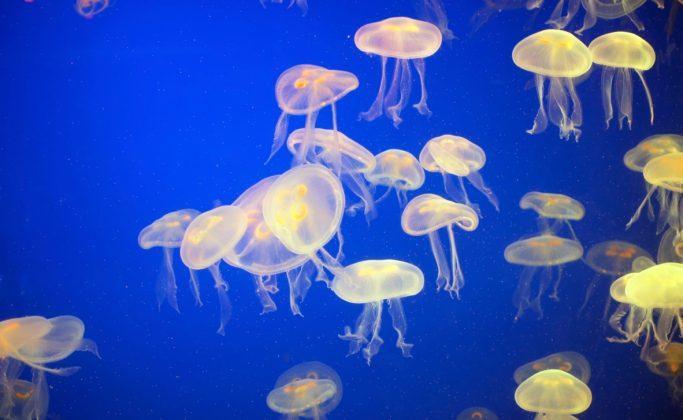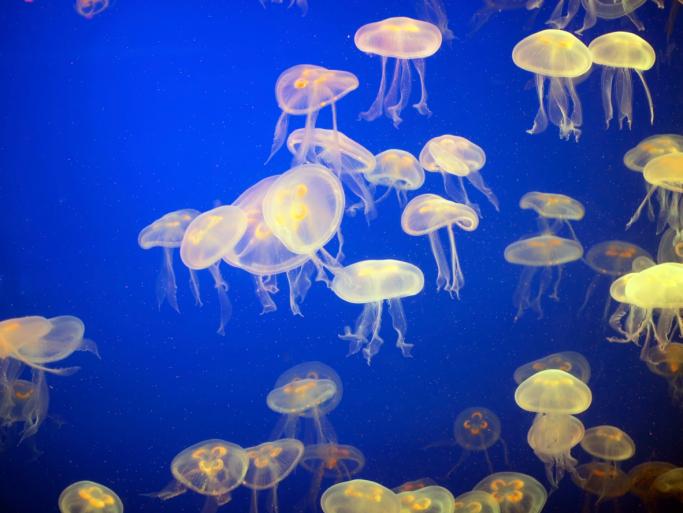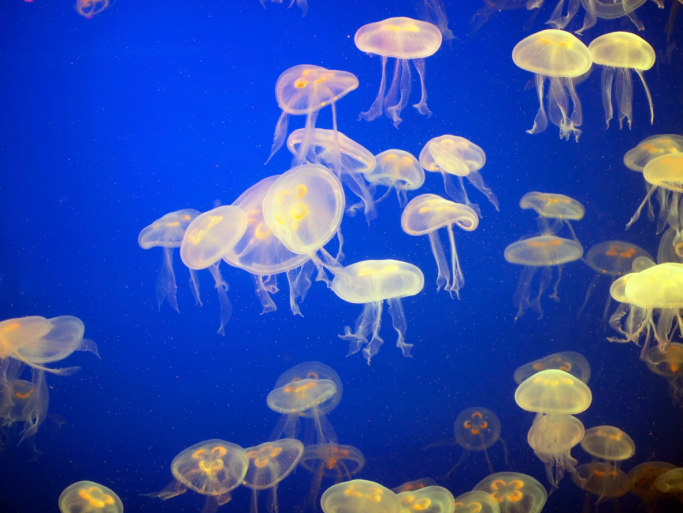Coastal marine infrastructure like aquaculture farms and oil rigs could provide jellyfish larvae with ideal settlement grounds and contribute to the recent global increase in adult blooms.
New international research has shown that millions of jellyfish polyps—typically only about a millimeter long—can inhabit human structures, and could therefore be influenced by coastal development.
Previously, most theories about increased blooms looked at jellyfish later in their life cycle when they are mobile and at factors that might affect their predators or competitors.
“We call this new proposition the ‘Trojan Horse’ hypothesis,” said study lead author Carlos Duarte at The University of Western Australia in a press release.
“The proliferation of artificial structures such as harbors, shipping facilities, and aquaculture structures provides a habitat for jellyfish polyps, and may be an important driver in explaining the global increase in jellyfish blooms.”
Researchers in different countries observed developing polyps on various structures, including piers and artificial reefs.
“Jellyfish polyps existed on the underside of such artificial structures at densities of more than 10,000 individuals per square meter, and sometimes up to 100,000 per square meter,” Duarte said.
The team also looked at baby jellyfish in the wild and in the lab to see how they settle on 18 different surfaces, such as concrete, wood, and oyster shells.
The study was published in Frontiers in Ecology and the Environment on Sept. 7.
The Epoch Times publishes in 35 countries and in 19 languages. Subscribe to our e-newsletter.







Friends Read Free